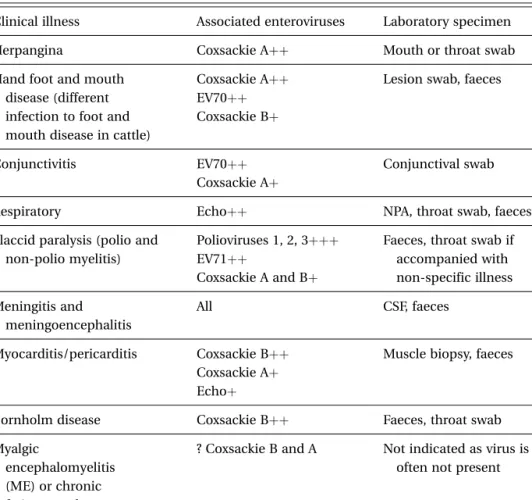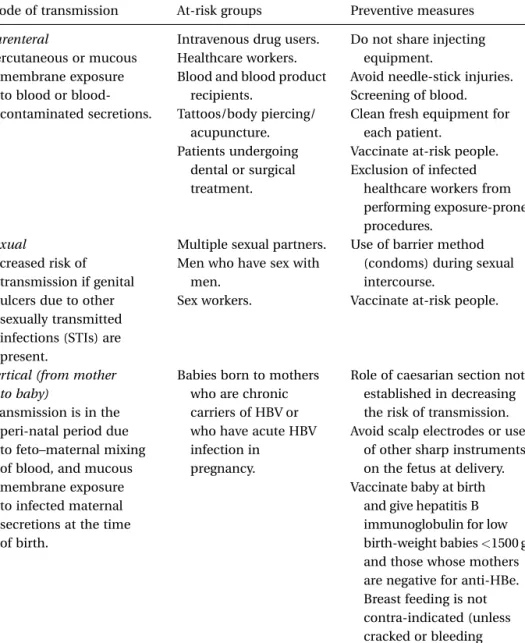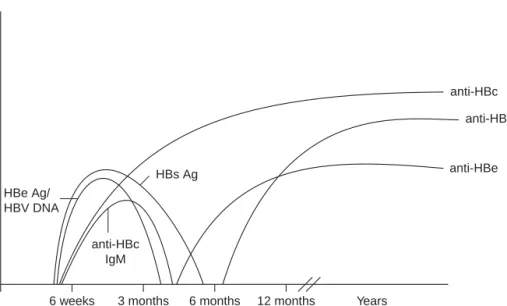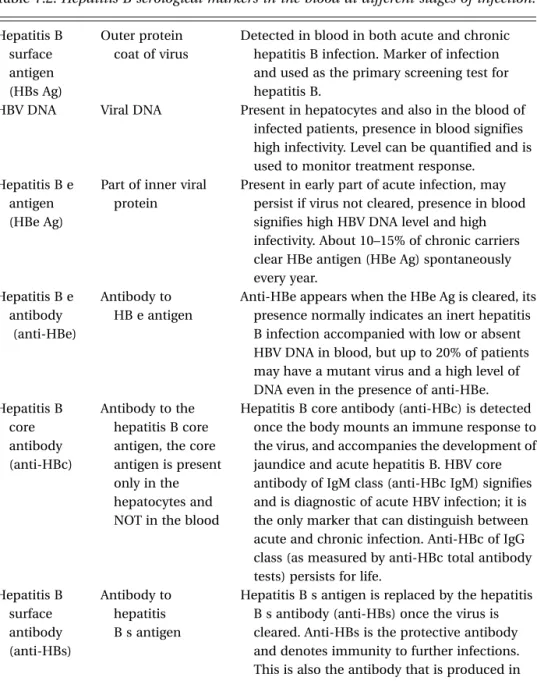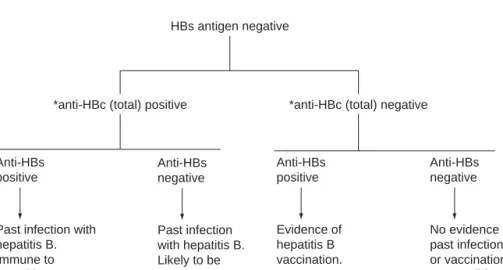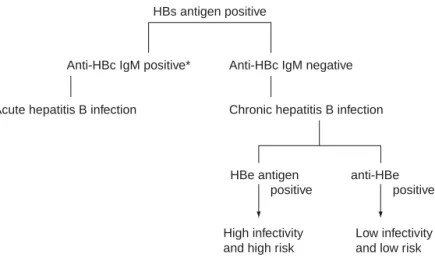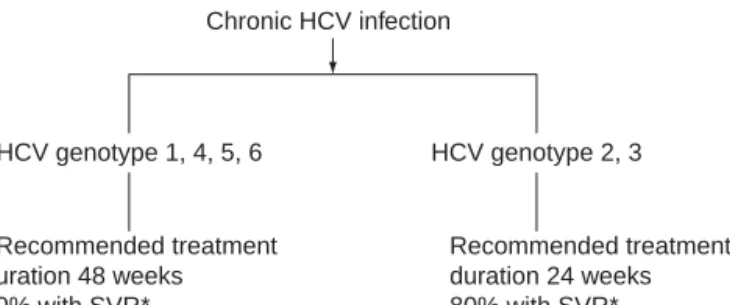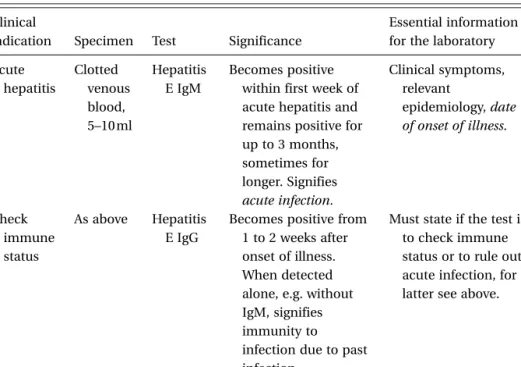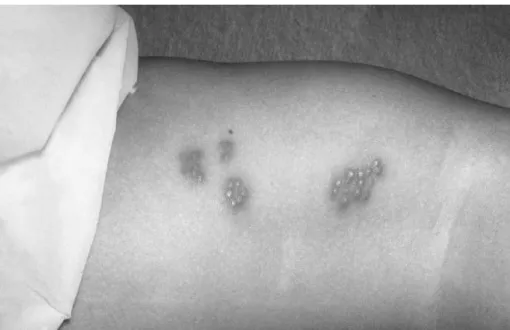Subject to statutory exception and the provisions of applicable collective licensing agreements, no part may be reproduced without the written permission of Cambridge University Press. Cambridge University Press assumes no responsibility for the permanence or accuracy of the URLs of external websites or third party websites referred to in this publication and makes no representation that any content on such websites is or will remain accurate or appropriate. Published in the United States of America by Cambridge University Press, New York www.cambridge.org.
This book is intended for trainee physicians, health scientists, infection control nurses, and other healthcare professionals working in infection-related specialties (virology, microbiology, infectious disease, and public health). The first is an alphabetically arranged set of chapters on the most important viruses that cause symptomatic disease in humans in the developed world; in this section, we have maintained a standard chapter format to give the reader quick access to important information. We recognize that most virologists in the UK deal with non-viral pathogens such as chlamydia, toxoplasma, atypical pneumonia and Creutzfeldt-Jakob disease (CJD) and variant CJD (vCJD), so a section on these pathogens is also included.
We provide a list of websites useful for getting current accurate information about viruses and viral syndromes and their management. We hope you enjoy this book and find it a useful source of information whether you are a student, working in the lab, or a clinician needing to brush up on virology.
Individual viruses Introduction to virology
The first step in the replication cycle is the attachment of the viral particle to the cell surface. Understanding the steps in the viral replication cycle has enabled the development of many antiviral drugs (such as the influenza A virus neuraminidase inhibitor, oseltamivir). There is no evidence that any antiviral drugs are helpful in treating EBV infections.
In the hospital, enteric precautions (Chapter 52) with strict hand washing should be instituted to prevent transmission to those patients at risk of severe or fatal infection (eg, neonates). Hepatitis D virus (HDV) is a defective RNA virus that cannot replicate in humans in the absence of HBV. In the United Kingdom, delta virus infection is only seen in those who use intravenous recreational drugs.
Hepatitis C virus is widespread worldwide; it is estimated that there are about 200 million airlines in the world. Mouth and lips: Primary infection in children often occurs in the mouth and lips. Other human viruses in the family Retroviridae are human T-cell leukemia virus (HTLV) HTLV 1 and HTLV 2 (Chapter 13).
Polymerase chain reaction for HTLV 1 can detect the virus genome in the blood and can be used to confirm infection. Treatment with oseltamivir (75 mg twice daily) or zanamivir is started as soon as possible but no later than 48 hours after onset of symptoms, reduces morbidity and duration of illness and is recommended by the National Institute of Health and Clinical Excellence (NICE) in the UK. Recently, however, clusters of outbreaks have occurred due to the reduced uptake of measles vaccination.
Patients are highly infectious in the prodromal stage, and the virus is shed and spread from respiratory secretions. Central nervous system infection can be difficult to diagnose clinically, especially in the absence of parotitis. Human papillomavirus can be detected in the lesion biopsy or cervical swab (in case of cervical lesions) by PCR.
Antibodies to the virus are highly prevalent in the general population, but so far it is not clear which primary disease the virus causes. The virus initially replicates in the respiratory mucosa and is spread by droplet (rather than aerosol) transmission through the respiratory route. In the developed world, it occurs in epidemics in mid-winter (November to February in the UK).
Coronaviruses can be found in the human gut, but there is no clear disease association.
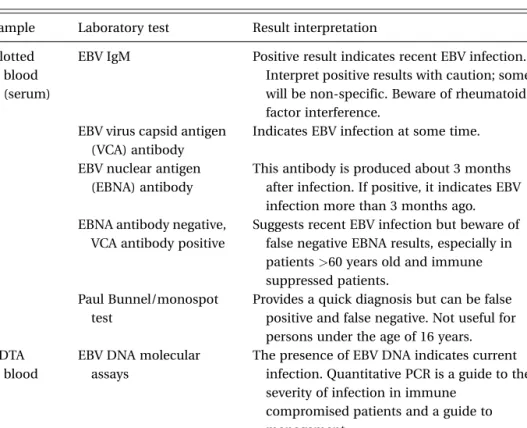
Other related agents 29 Chlamydia
This in turn results in the eyelashes constantly rubbing against the cornea (trichiasis) and leads to blindness in adulthood. The severity of the symptoms in the child depends on the trimester in which the infection occurred. Transmissible spongiform encephalopathies (TSE) are a group of substances that cause spongiform degeneration in the brain.
Scrapie has been known to cause infection in sheep in Britain for more than a hundred years. This led to the destruction of thousands of cattle in Britain and a public health crisis in the reliance on beef for human consumption. In the 1990s, a new form of CJD was described for the first time in the UK as a result of BSE transmission.
Mutations in the cellular protein (PrPc) lead to changes in its conformational (folding pattern) structure and make it resistant to the protease enzyme. Because this PrPS is resistant to the protease enzyme, it is not destroyed and accumulates in the brain. Folded PrPSc or scrapie fibrils can be demonstrated by electron microscopy in the infected brain tissue.
Although the BSE outbreak occurred in the UK, sporadic cases in cattle have been identified in France, Germany and other European countries. Infectivity lasts throughout the period of infection, and is highest in the neural tissue especially in the central nervous system. It is likely that both animals and humans are contagious in the incubation period, before any symptoms appear.
As the name suggests, this disease manifests itself as severe itching, which causes the sheep to scratch at objects; this is usually accompanied by ataxia. It was mainly seen in women and children, as the brains of deceased elders were mostly consumed by them. The disease was eradicated in the 1950s after the ban on cannibalism in the country.
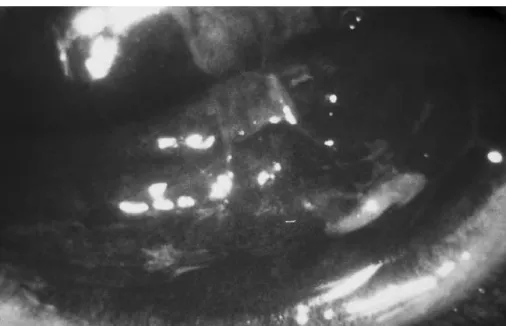
Clinical syndromes
Meningitis CSF Feces collected in the first 7 days of infection can be cultured for viruses and tested by PCR Enterovirus type 71 Encephalitis CSF As for other enteroviruses Poliomyelitis. They are probably most contagious in the first few days of the illness. There are two influenza viruses (influenza A virus and influenza B virus) that cause flu outbreaks in the UK.
Urine taken in the first 5 days (for antigen detection) after the onset of symptoms is the best way to diagnose L. It can be blown by the wind and has been associated with large outbreaks, which must be investigated in order to identify and eliminate the source of infection. Laboratory diagnosis is performed on stool samples, preferably taken in the first 3 days after the onset of symptoms.
Gonococcal infection should be considered in the differential diagnosis and excluded; many patients have dual infection with both chlamydia and gonococci. It causes severe congenital defects in children born to mothers who acquire the infection in the first 12 weeks of pregnancy. They should also seek advice from a healthcare professional if they are exposed to a rubella-like illness in the first 20 weeks of pregnancy.
Pregnant mothers should seek advice from a healthcare professional if they come into contact with a rubella-like illness during the first 20 weeks of pregnancy. Johnson syndrome (erythema multiforme) can cause similar symptoms and should be considered in the differential diagnosis. Chickenpox in the first 20 weeks of pregnancy can cause serious or fatal damage to the fetus (Chapter 42).
Infection in the last 7 days Table 41.2. Laboratory diagnostics of viral infections associated with vesicular skin rashes. Chickenpox in the first 20 weeks of pregnancy has an overall risk of fetal malformations resulting from congenital infection of about 2%. The risk of severe disease in a child is greatest if it is acquired in the first trimester.
Disseminated HSV infection – generally occurs in the first week of life and is the most severe form of neonatal herpes simplex infection. For others, such as CMV and toxoplasmosis, some of the long-term consequences may not appear until the teenage years.

